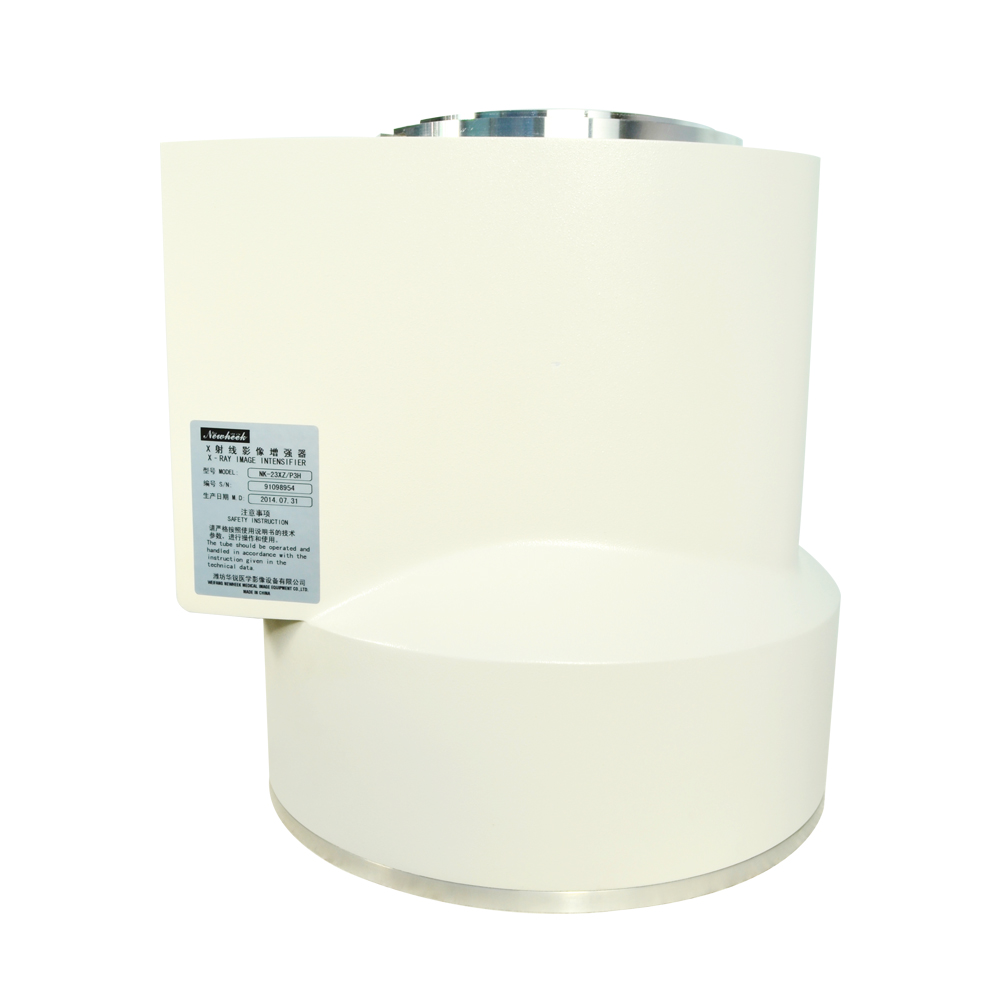Medical X-ray image intensification TV systems have revolutionized the field of radiology by offering several advantages over traditional fluorescent screens. These advanced systems have greatly improved the quality and efficiency of medical imaging, thereby benefiting both patients and healthcare professionals.
One of the significant advantages of medical X-ray image intensification TV systems is their enhanced image quality. Traditional fluorescent screens tend to produce images with lower contrast and resolution, making it difficult for radiologists to accurately interpret the findings. On the other hand, X-ray image intensification TV systems use a combination of image intensifiers and high-resolution digital cameras to capture the X-ray images in real-time. This results in superior image clarity, allowing radiologists to detect even minute details and abnormalities more accurately.
Moreover, the dynamic range of X-ray image intensification TV systems is much broader compared to traditional fluorescent screens. The dynamic range refers to the ability of an imaging system to capture and display a wide range of brightness levels. With a wider dynamic range, X-ray image intensification TV systems can accurately depict both the darkest and brightest areas of an X-ray image without any loss of detail. This ensures that no important information is missed and allows for a more comprehensive analysis of the X-ray findings.
Furthermore, X-ray image intensification TV systems offer the advantage of real-time image acquisition. Traditional fluorescent screens typically require a longer exposure time to produce a visible image. This can be problematic when imaging moving body parts or during procedures that require real-time monitoring, such as cardiac catheterizations or angioplasties. X-ray image intensification TV systems provide instant imaging, enabling radiologists to visualize the X-ray images as they are being captured. This real-time feedback helps in making immediate decisions and adjustments during procedures, ultimately improving patient outcomes.
The ability to digitally store and manage X-ray images is another advantage of medical X-ray image intensification TV systems. These systems allow for the seamless integration of the captured images into electronic medical records (EMRs) or picture archiving and communication systems (PACS). This eliminates the need for physical storage spaces and makes it easier for healthcare professionals to access and share the images across different departments or healthcare facilities. Additionally, the digital format of the images allows for easy manipulation and post-processing, such as zooming, enhancing, and measuring, enhancing the diagnostic capabilities of radiologists.
Last but not least, X-ray image intensification TV systems are safer for patients due to the lower radiation dose required. Traditional fluorescent screens often require longer exposure times or higher doses of radiation to produce an interpretable image. This increased radiation exposure can be detrimental to the patient’s health, especially when multiple X-ray scans are required. On the contrary, X-ray image intensification TV systems utilize highly sensitive detectors, reducing the radiation dose needed to obtain high-quality images. This not only ensures patient safety but also allows for more frequent imaging when necessary.
medical X-ray image intensification TV systems offer a multitude of advantages when compared to traditional fluorescent screens. From improved image quality and dynamic range to real-time imaging and digital storage capabilities, these advanced systems have transformed the field of radiology. With their ability to provide high-resolution, real-time imaging with lower radiation doses, X-ray image intensification TV systems have significantly enhanced the diagnosis, treatment, and overall patient care in the medical field.
Post time: Oct-24-2023


